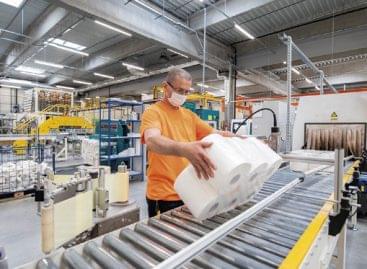European Consumers Spill the Beans on Food Labelling
The study questions 17,300 people in France, Germany, Hungary, Poland, Sweden and the UK, both in supermarkets and at home, and finds on average 18% of Europeans (27% in UK, 9% in France) regularly look for nutrition information.
A pan-European study by the European
Food Information Council (EUFIC), showed that the better established
forms of nutrition information on labels such as the Guideline Daily
Amount (GDA) scheme, were widely recognised and understood by
shoppers.
The Nutrition Table is the most
mentioned source of nutrition information in Germany, Sweden, Hungary
and Poland. 53% of shoppers in the UK and 44% in France looked for
nutrition information in the GDA labelling system.
Colour coded schemes such as traffic lights had high levels of
awareness but were open to misinterpretation as people tended to
exaggerate the meaning of the levels, with 73% believing a ‘red’
light indicated they should avoid eating a product.
People spend an average of 30 seconds
selecting a product. UK lowest at 25 seconds, Hungary highest with 47
seconds.
Shoppers in four out of the six markets
sought calories first. UK consumers looked for fat before calories,
Swedes looked equally for sugar and fat.
When probed as to fat, sugar and salt
content of foods, respondents in the UK, Hungary and Germany got 70%
right, 60% in Sweden and France, and 57% in Poland. When wrong,
respondents over-exaggerated levels. All countries over-estimated the
calorie content of alcoholic drinks.
People underestimate the calories
(energy) expended by everyday activities. Just 28% of Swedes and 11%
of Poles accurately stated the calories expended in a brisk walk.
46% or less knew how many calories an adult needs per day -the lowest
was French men – 22% and Hungarian women – 29%. Most knew men
need more calories than women, but worryingly over a third think
children need more calories than adult men. 95% knew they should eat
more fruit and vegetables, over 73% to eat more wholegrain and over
65% about fibre.

Related news
Related news
OKSZ: retail dynamics remain weak, turnaround still awaited
🎧 Hallgasd a cikket: Lejátszás Szünet Folytatás Leállítás Nyelv: Auto…
Read more >KSH: retail turnover in November exceeded the same period of the previous year by 2.5 percent and the previous month by 0.1 percent
🎧 Hallgasd a cikket: Lejátszás Szünet Folytatás Leállítás Nyelv: Auto…
Read more >FAO food price index fell further in December
🎧 Hallgasd a cikket: Lejátszás Szünet Folytatás Leállítás Nyelv: Auto…
Read more >




